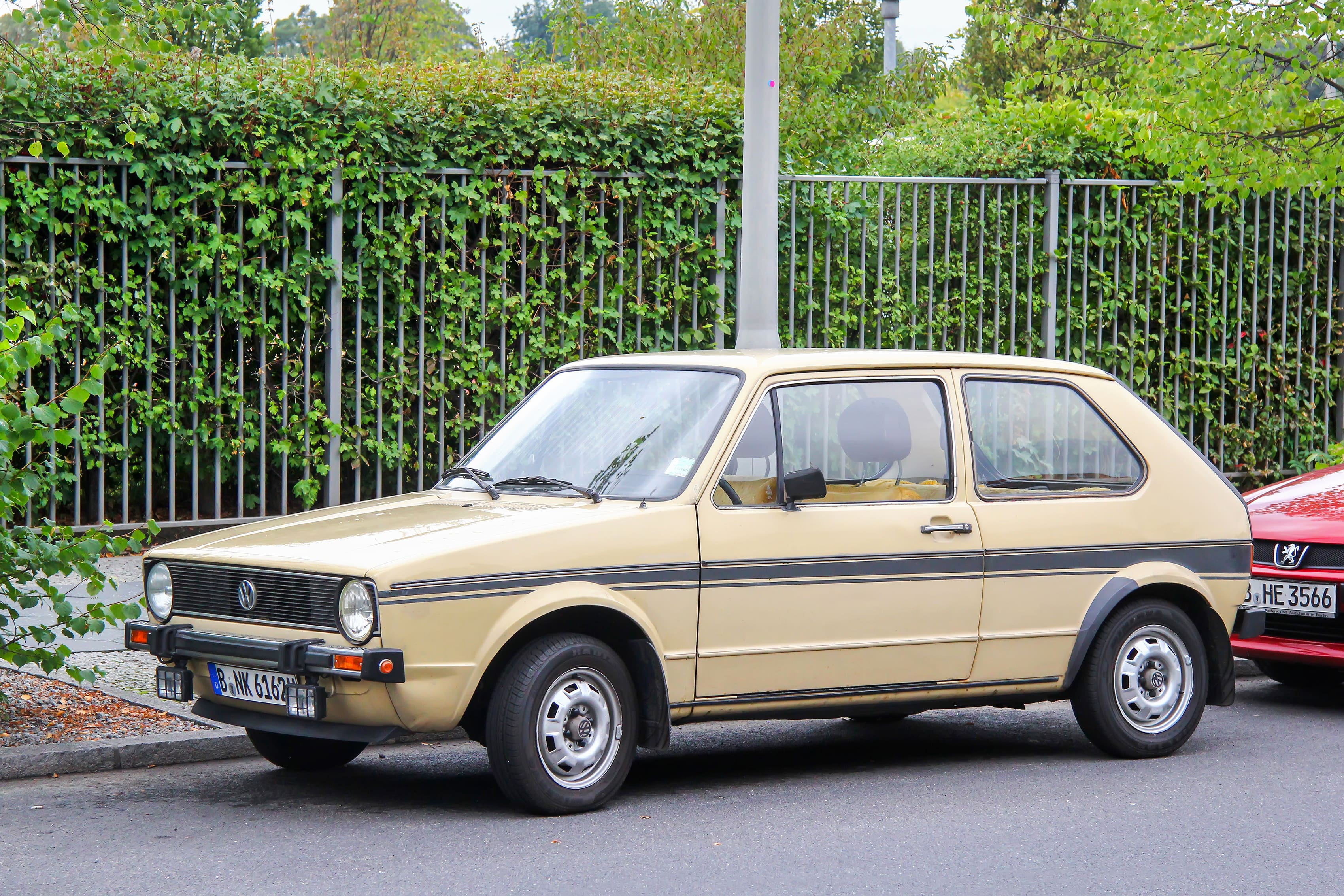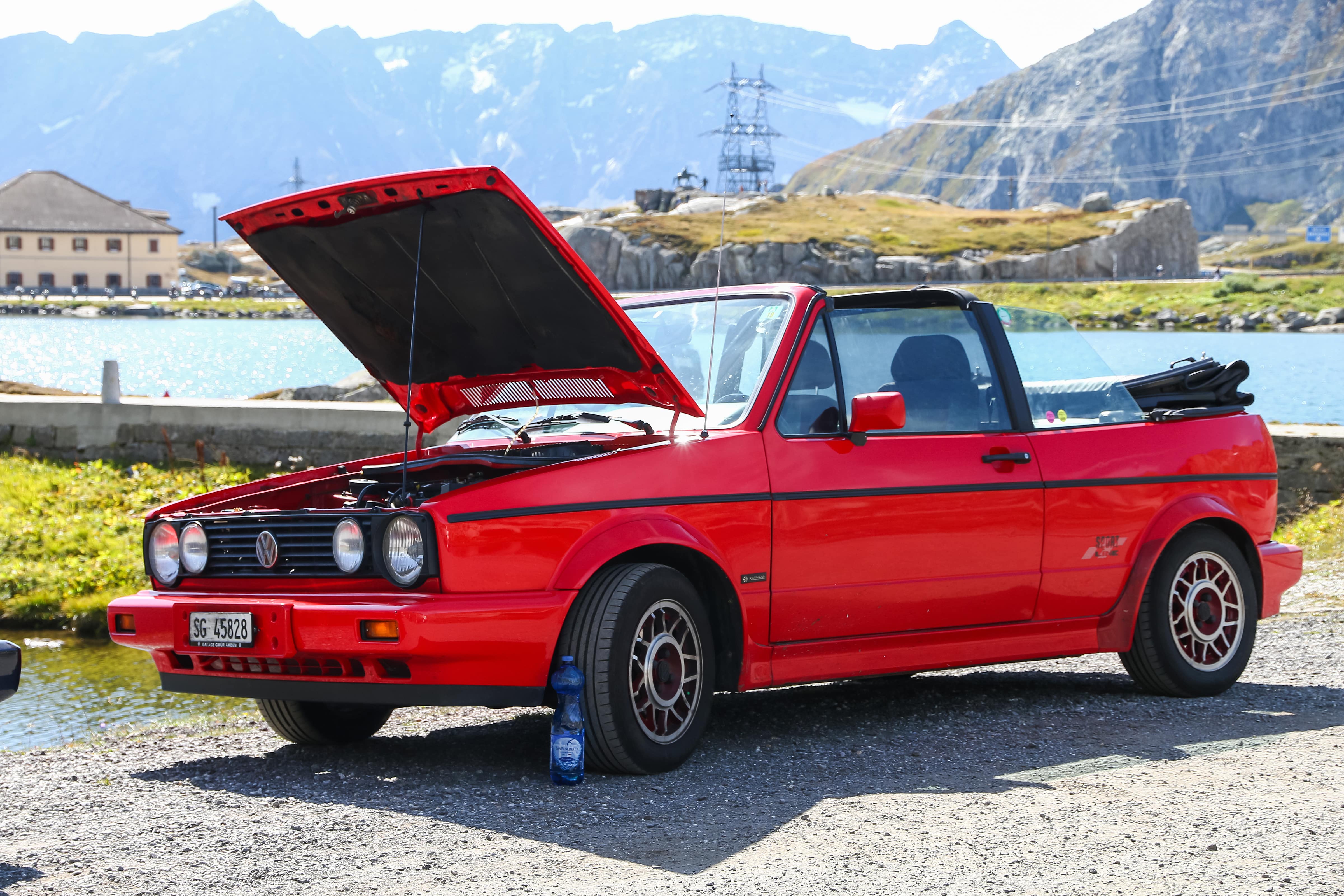Review: The Volkswagen Rabbit

The Volkswagen Rabbit, introduced in the 1970s as a replacement for the iconic Beetle in the North American market, is the nameplate used in the U.S. for what the rest of the world knows as the Volkswagen Golf.
The Rabbit has undergone numerous revisions over the decades, but its essence as a compact, versatile, and efficient hatchback remains intact.
Let's delve deeper into this automotive icon.
Historical Significance
The Rabbit holds a special place in automotive history. Introduced during an era of fuel crises, its economical nature and compact design offered Americans an appealing alternative to gas-guzzling giants.
Volkswagen's decision to transition from the Beetle to the Rabbit in the U.S. was a bold one, but history proves it was a smart move.
Performance
Over the decades, the Rabbit has seen various engine configurations and power outputs. The earlier models, focused on fuel efficiency, offered modest power. But as years progressed, VW introduced sportier GTI versions that brought spirited performance to the lineup.
The Volkswagen Rabbit, particularly in its more recent re-introduction to the U.S. market from 2006 to 2009, came with a couple of engine options. The most popular engine for the U.S. market was the 2.5-liter inline-5. This gasoline engine was known for its unique sound and provided a good balance of power and efficiency for the compact car.
It produced around 150 to 170 horsepower, depending on the specific model year and configuration. This inline-5 engine was mated to either a manual or automatic transmission. It's worth noting that other markets and specific models might have had different popular engines, including diesel options.
Regardless of the version, the Rabbit's lightweight construction ensured a zippy, responsive driving experience.
Interior and Comfort
Volkswagen has a reputation for offering well-built interiors, and the Rabbit is no exception. Despite its compact classification, the Rabbit's cabin is surprisingly spacious, accommodating 5 passengers (including driver) with ease.
Through the generations, VW has improved materials and integrated modern amenities, ensuring that the Rabbit remains competitive with its contemporaries.
Entertainment & Technology
The original VW Rabbit, during its first run in the U.S. market, came with a basic AM/FM radio, which was standard for cars of that era.
As time progressed, cassette tape players became available as an option or a standard feature in higher trims.
With the Rabbit's return to the U.S. market in the mid-2000s, the entertainment system had advanced significantly. A standard AM/FM radio with a single-disc CD player and MP3 playback capability was present. Auxiliary input jacks became common, allowing drivers and passengers to connect portable media devices.
Higher trim levels or upgraded models might have offered a multi-disc CD changer, better speakers, and potentially satellite radio.
The most recent iterations, especially when looking at the VW Golf that effectively took the Rabbit's place in the lineup, include touch-screen infotainment systems. Features like Bluetooth connectivity, Apple CarPlay, Android Auto, and navigation have become either standard or available options.
Some models offer premium audio systems, such as those by Fender, for enhanced sound quality. USB ports and SD card slots allow for multiple forms of media playback.
Reliability
Traditionally, the Rabbit has been seen as a robust and reliable vehicle, especially in its early years. However, some models in the 2000s experienced reliability issues, mainly linked to electrical systems and certain powertrain components.
It's essential to check specific model years and their reported problems when considering a purchase.
Safety
The Rabbit has generally performed well in safety tests over the years. As with many vehicles, later models benefit from advancements in safety technology, offering features like anti-lock brakes, stability control, and a suite of airbags.
The 2009 Volkswagen Rabbit received strong safety ratings from the IIHS. The IIHS gave the Rabbit "Good" ratings (the highest possible) in both the frontal-offset and side-impact crash tests.
Fuel Efficiency
One of the Rabbit's longstanding selling points has been its fuel efficiency. Particularly in its diesel variants, the car offers impressive miles per gallon (mpg) figures, making it an excellent choice for commuters and those conscious of their environmental footprint.
2006-2009 Volkswagen Rabbit (Gasoline):
- 2.5L inline-5 engine: EPA ratings were approximately 22 miles per gallon (mpg) in the city and 29 mpg on the highway with a manual transmission. With an automatic transmission, these numbers shifted slightly to around 21 mpg in the city and 29 mpg on the highway.
2006-2009 Volkswagen Rabbit (Diesel - in regions where available):
- Fuel efficiency for diesel variants tended to be higher, but exact numbers varied depending on the specific model and transmission type.
Resale Value
Volkswagens tend to hold their value reasonably well, and the Rabbit is no exception. Of course, factors like maintenance, mileage, and overall condition play a significant role, but a well-kept Rabbit can fetch a decent price on the second-hand market.
Older Models (Late 1970s - 1990s):
- These can range from a few hundred dollars for models in poor condition or high mileage to several thousand dollars for well-preserved units, especially if they're sought-after models or have a cult following.
- For example, the original Mk1 Rabbit GTIs from the 1980s, in good condition, might fetch higher prices due to their classic and iconic status.
Mid-2000s Models (2006-2009, 5th Generation):
- Standard used Rabbits from this period, with average mileage and condition, could be in the range of $3,000 to $7,000.
- Higher trim levels, low mileage examples, or those in exceptional condition might fetch a premium.
Recent Models (Rebranded as Golf again in the U.S.):
- Remember, in the U.S., the Rabbit nameplate was reverted back to Golf after 2009. Prices for these will vary widely based on model year, trim, and condition.
- As of 2021, more recent used Golf models could range from $10,000 for older base trims to well over $20,000 for recent high-end trims or performance models like the Golf GTI or Golf R with low mileage.
Final Thoughts
The Volkswagen Rabbit, with its rich history and multifaceted appeal, remains a noteworthy choice in the compact car segment. Whether you're seeking an economical commuter, a sporty hatchback, or a piece of automotive history, the Rabbit offers something for nearly every car enthusiast.
As with any vehicle, potential buyers should research specific model years and be aware of any known issues, but in general, the Rabbit stands as a testament to Volkswagen's ability to evolve while retaining the core essence of a model.
















